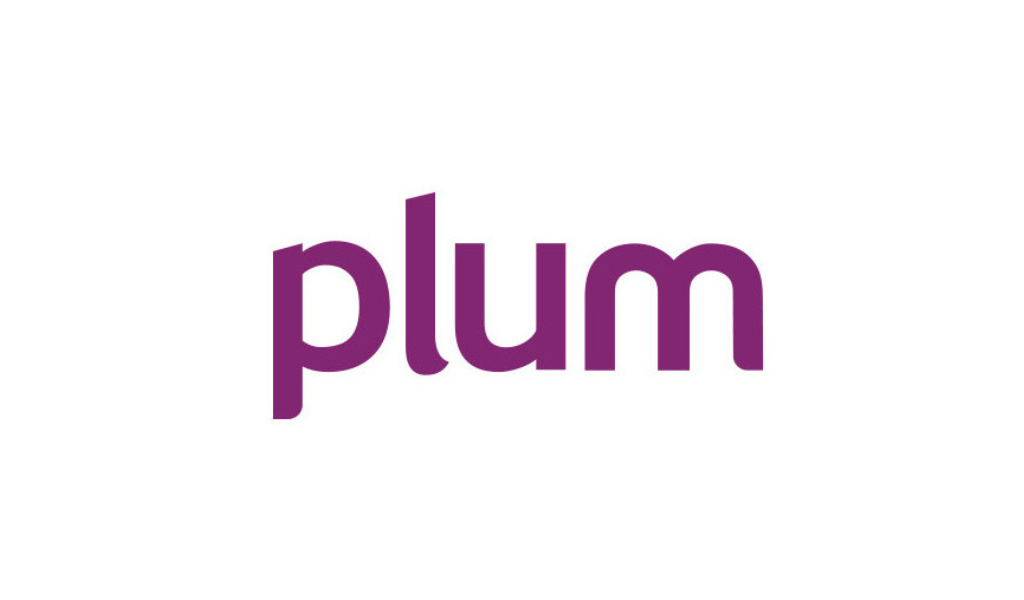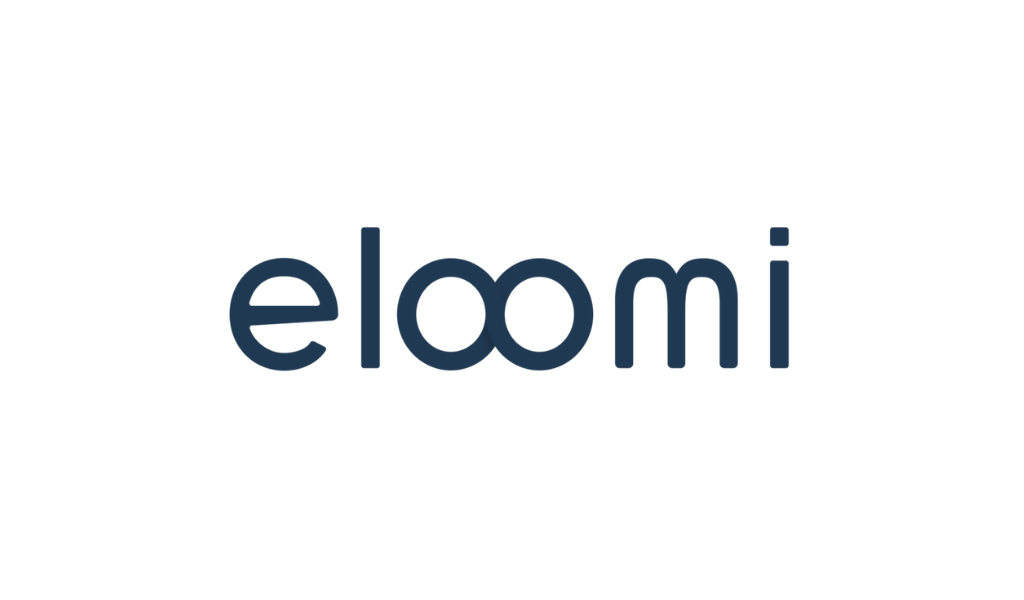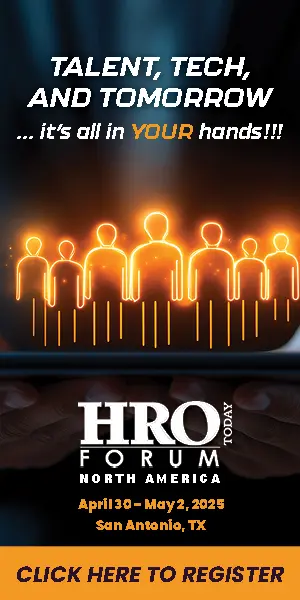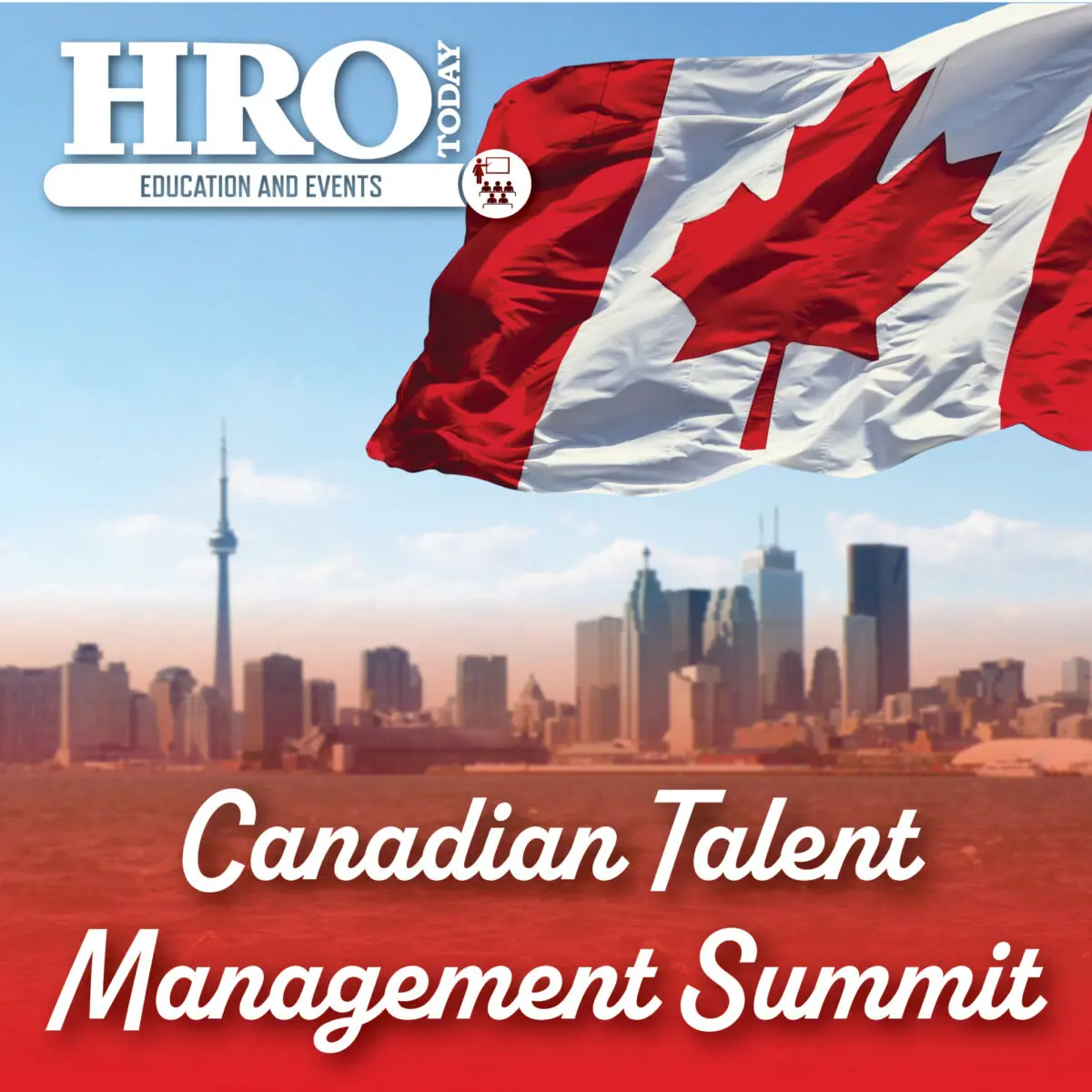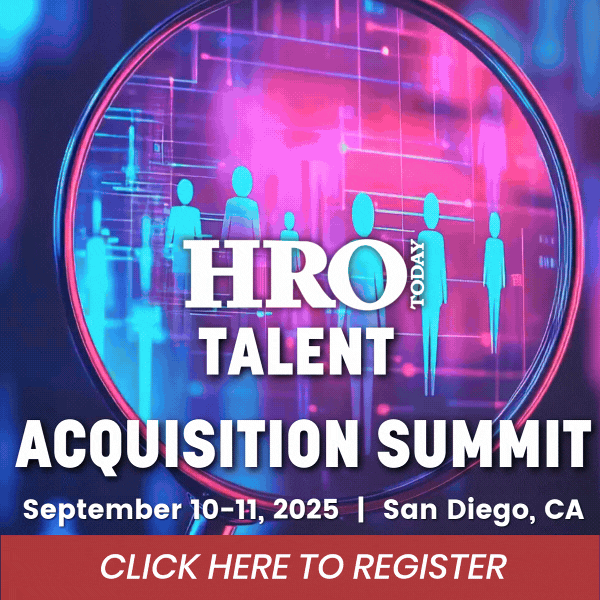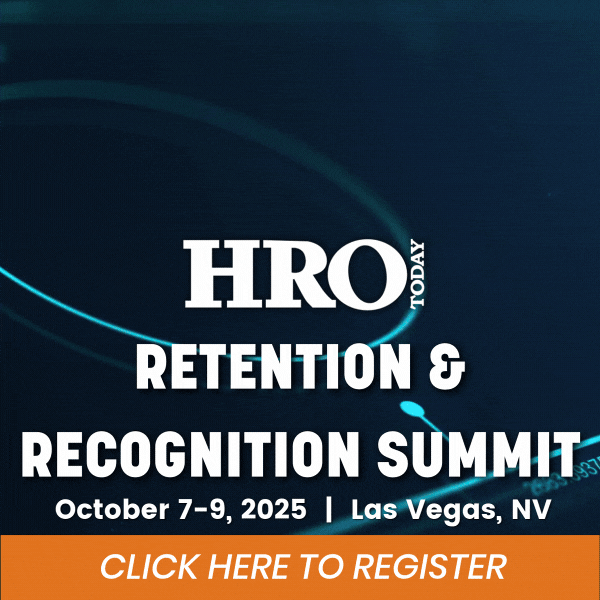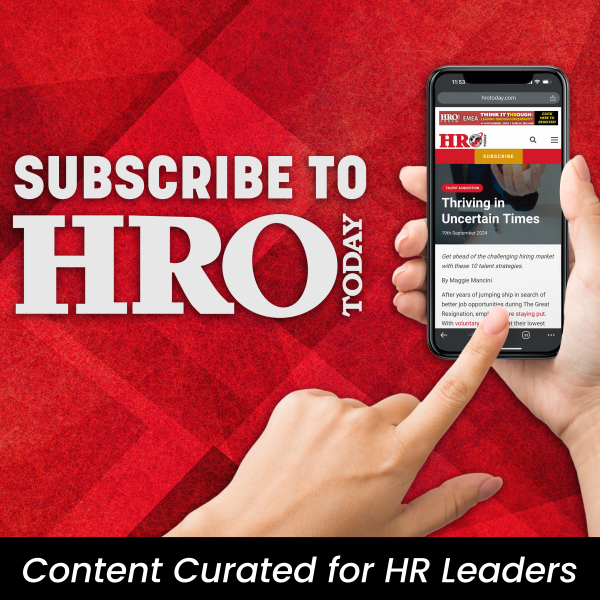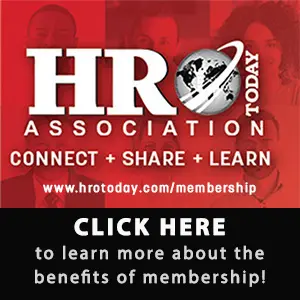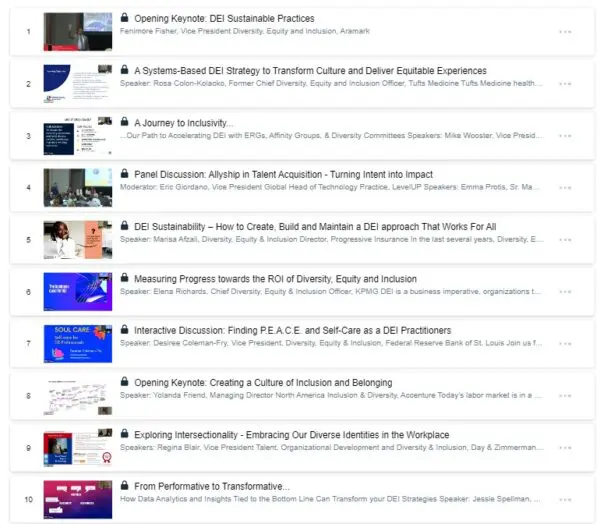As workplace demographics shift, HR must proactively prepare for the benefits and challenges of maintaining a multigenerational workforce.
By Simon Kent
There’s no denying today’s workplace is radically different to that of only a few years ago. Over time, employers have found that today’s workforce is evolving due to demographics, the impact of the pandemic, and working preferences across the population. In some cases, there are as many as five generations working alongside one another. With this in mind, now is the time for HR to be proactive in seeking out, engaging with, and retaining a multigenerational workforce for the good of their company.
According to Olly Harris, global managing director of Page Outsourcing, HR has the opportunity now to get to grips with diverse age groups in the workplace and secure advantages. “Those who proactively prepare are those who prime themselves for success, both in accessing currently overlooked talent pools, and realising the true value of effective collaboration between generations,” he says, while noting that half of all workers will be over fifty years old by 2030. “Those beginning now have more time to adapt to the nuances in needs of each generation, allowing HR teams to set these individuals up for long-term success,” he adds.
One clear advantage, Harris explains, is that by recruiting diverse candidates, organisations can reflect their own client base better. “Within insurance markets,” he says, “older generations prove more effective in articulating benefits and value of certain products, such as life insurance and pensions, when compared to younger counterparts. This is because they can more deeply understand the customer and what they are seeking from the product.”
Ross Crook, recently appointed global managing director of client services for Morgan McKinley Talent Solutions, is not alone in stating how the pandemic was influential in bringing more generations into organisations. The ability to work from anywhere, to be part of a hybrid workforce, to satisfy the desire to be active, and “do something real” has all played a part. He notes that 10 years ago, the emphasis fell on bringing returning mothers to organisations and the age diverse workforce is part of the ongoing intention to identify parts of the talent pool that have been ignored or at least not given so much attention as others.
Crook says that age now does not necessarily dictate where in an organisation a person should be or how they should be employed. The three-day week is highly attractive to older people who want a better work-life balance. It is not unheard of for apprentices to be over 50. Alongside this, Crook identifies five benefits of the age diverse workforce, including:
- increased creativity and innovation in the business;
- improved employee morale;
- a better understanding of clients;
- market growth; and
- an increased understanding of cultural differences.
“Driving diversity isn’t just about gender, sexuality, or colour. Age is an important consideration in part of our work-life balance and when people are living longer, there is an expectation that they’ll work for longer too.” – Ross Crook, Morgan McKinley Talent Solutions
Interestingly, while HR clearly has a large part to play in creating this workforce, Crook notes it’s part of the board’s responsibility too. This is an approach taken up by Sam Price, talent solutions director – RPO1 at Morson. An age diverse workplace isn’t just something HR can create. There needs to be commitment to this from across the whole of the business. “Everyone in a decision-making role needs to understand the value of developing a multigenerational workforce, both in delivering succession planning and in bringing different perspectives and skill sets into the company,” she says. “Only when decision-makers buy in to the advantages of a multigenerational workforce and how it can benefit employees of all age groups can they communicate those benefits to current and potential employees.”
Price also suggests that organisation should actively seek out a diverse workforce, even if their talent pool does not naturally offer one. “There is still an imperative to develop a multigenerational workforce because it brings diversity of thought to an organisation, which supports a progressive ED&I environment and fresh ideas,” she says.
“A multigenerational workforce does require a more complex approach to incentivising and rewarding teams, but it’s a complexity that is well worth the investment. Every employee is an individual with their own personal circumstances and perspectives, but data can tell us a lot about what different age demographics value in terms of policies, benefits, and incentives.” – Sam Price, Morson
However, Price also notes how the multigenerational workforce can require more effort and thought in terms of management and retention. “A multigenerational workforce definitely does require a more complex approach to incentivising and rewarding teams,” she says, “but it’s a complexity that is well worth the investment. Every employee is an individual with their own personal circumstances and perspectives, but data can tell us a lot about what different age demographics value in terms of policies, benefits, and incentives.”
HR professionals must therefore understand what works for different demographics in their organisation and tailor packages and policies accordingly. Insights from attrition data and exit interviews can help in this regard, but Price recommends that areas such as training should be considered, as should management style and behaviours, to ensure everyone is supported and can play to their strengths.
Chris Danks, founder of HR and executive network The Leadership Collective, says there’s a need to offer flexibility in reward and recognition to realise the value of the multi-generational workforce. “Offering flexible work arrangements to accommodate different life stages and preferences is essential nowadays,” he says, “and I believe implementing custom benefits packages for example, to cater to different generations needs, is advantageous to the organisation and workforce. Additionally, investing in continuous learning programs to upskill employees of all ages and creating an environment where everyone feels heard and valued will foster a more inclusive and productive workplace.”
Moving forward, HR has a lot to consider in order to embrace a diverse workforce. “The pace of change is so high nowadays and only accelerating,” says Danks. “I think the key to enabling a productive, diverse workforce is to recognise the core value of flexibility when it comes to adjusting to the needs of all.”



